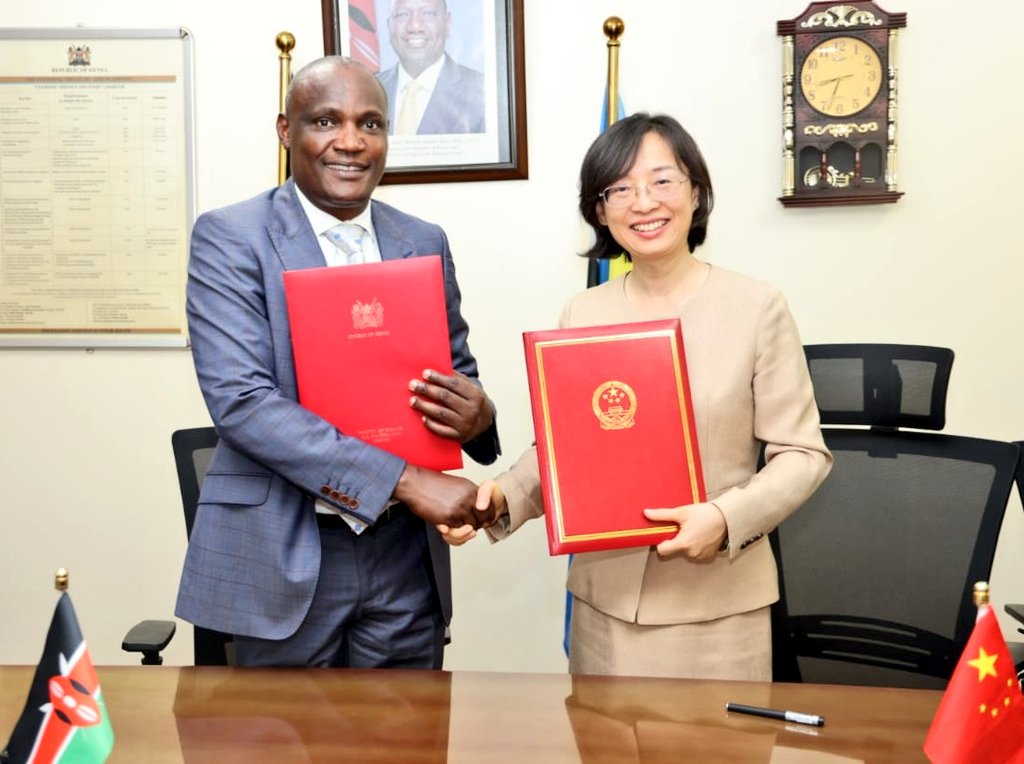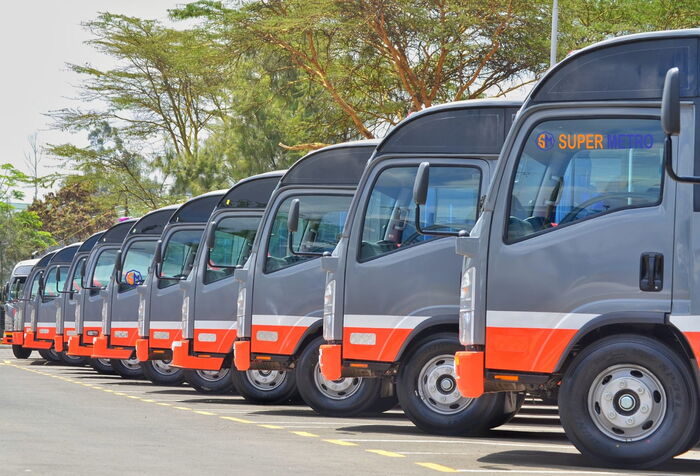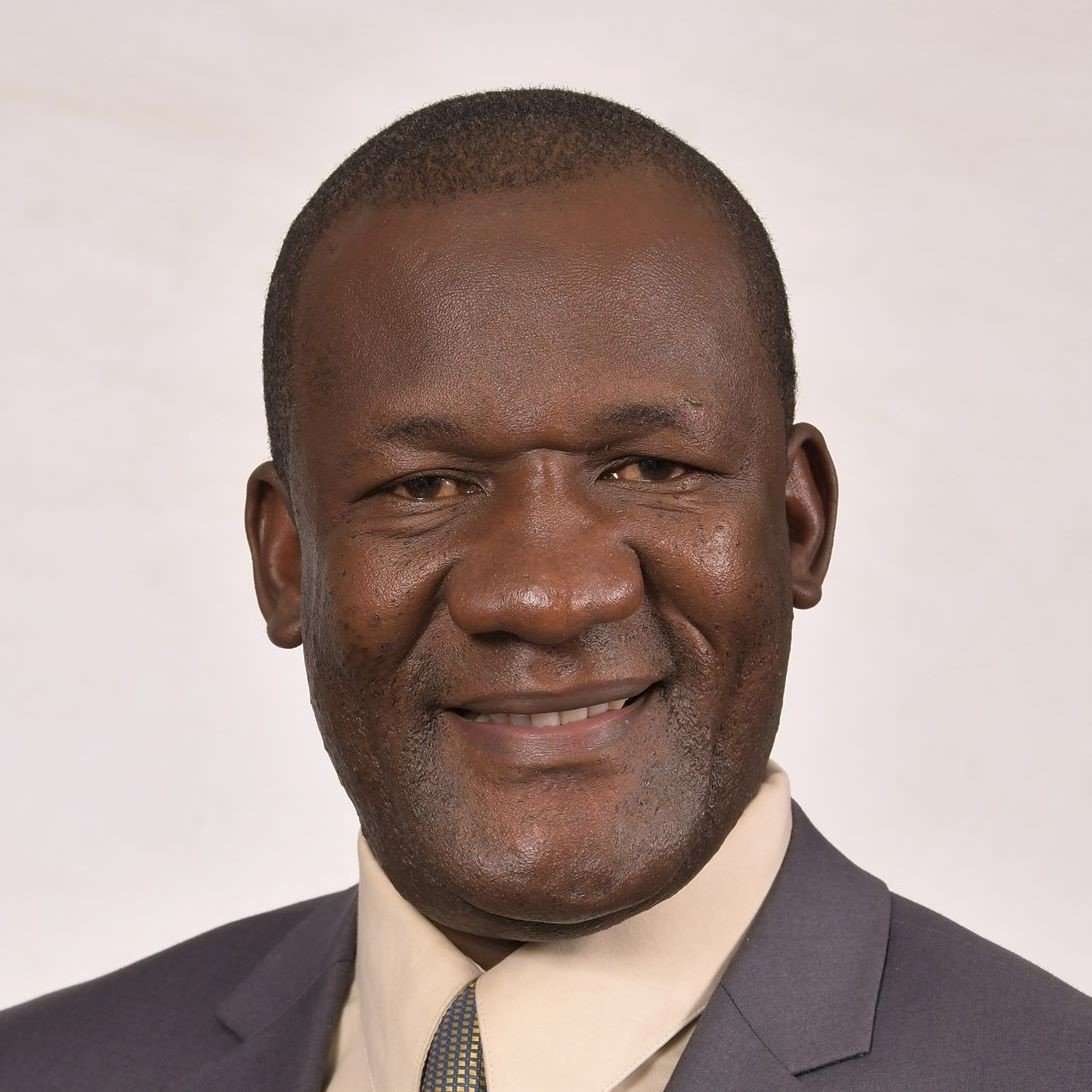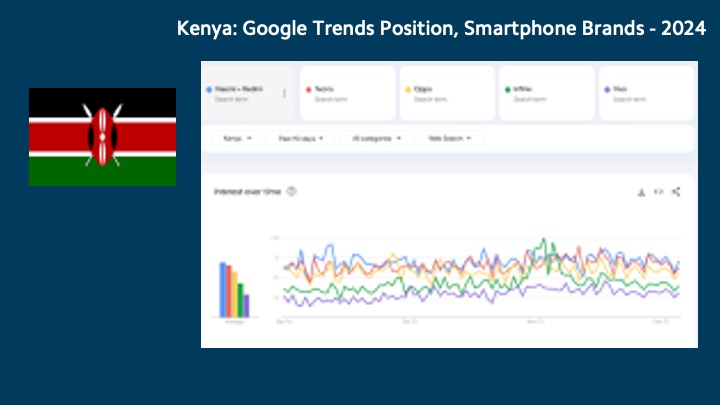Kenya has secured a Ksh1.8 billion grant from China.
The Ministry of National Treasury and Economic Planning, in a statement issued on Thursday, March 27, 2025, said that CS John Mbadi had signed the grant agreement with Guo Haiyan, the Ambassador of the People’s Republic of China.
The grant, the ministry said, will be used to upgrade hospitals across the country.
“The CS Hon. FCPA John Mbadi this morning signed a KSh 1.8 billion (RMB 100 million) grant agreement with H.E. Ms. Guo Haiyan, the Ambassador of the People’s Republic of China, (@ChineseEmbKenya) at the Treasury Building. The grant, a significant boost to Kenya’s healthcare sector, will fund the upgrading of key hospitals across the country,” the statement read in part.
China Grant Beneficiaries
Londiani Referral Hospital, Baringo County Referral Hospital, Kilifi Hospital, Misikhu Hospital, Bildad Kagia Hospital, and Kaimosi Farmers Training College are some of the facilities that have been identified as the beneficiaries of the grant.
“Beneficiary institutions include Londiani Referral Hospital, Baringo County Referral Hospital, Kilifi Hospital, Misikhu Hospital, Bildad Kagia Hospital, and Kaimosi Farmers Training College. (@MOH_Kenya) CS Mbadi thanked the Chinese Government for its continued support, noting that the partnership underscores strong bilateral ties between Kenya and China,” the statement read.





















